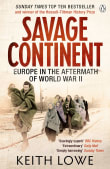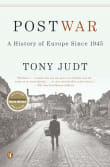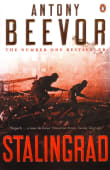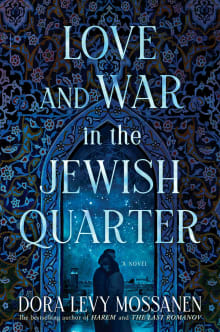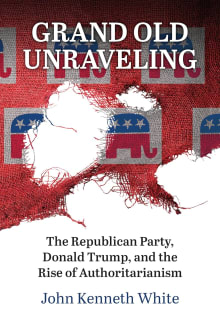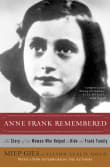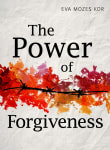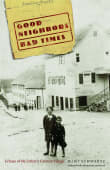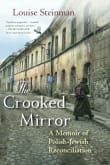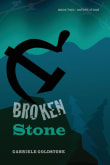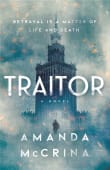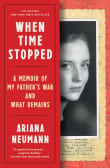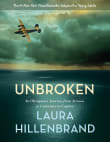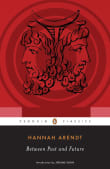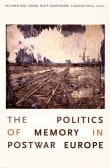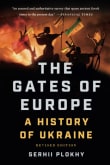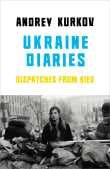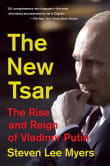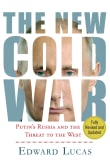Bloodlands
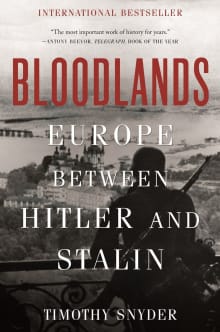
Book description
Americans call the Second World War "the Good War." But before it even began, America's ally Stalin had killed millions of his own citizens-and kept killing them during and after the war. Before Hitler was defeated, he had murdered six million Jews and nearly as many other Europeans. At war's…
Why read it?
9 authors picked Bloodlands as one of their favorite books. Why do they recommend it?

Bloodlands is a story about the dead. Using archives made available after the break-up of the Soviet Union, Mr. Snyder sheds light on both Stalin’s and Hitler’s brutality.
In a confined area that includes just eastern Poland, Ukraine, Belarus, and the Baltic countries, 14 million civilians died from the 1930s to the end of the war. Most were either starved or shot. Even more startling were the plans to kill millions more.
Stalin said, “a single death is a tragedy, a million deaths are a statistic.” Mr. Snyder reminds us of the tragedy.
From Ursula's list on WWII and Eastern Europe (that you may not know about).

This book recommendation is admittedly driven by current events.
Snyder describes the rock-and-a-hard-place situation Eastern Europe found itself in over the 20th century, trapped between two aggressive imperial powers.
He uses this exploration to, in part, blunt common Western criticism of Eastern European policies and decisions from this era – but there is a subtext that goes deeper, using the example of Hitler and Stalin to also present an Eastern European perspective on notions like security.
Going back to the 18th century the West has often been frustrated with Eastern Europe, but Snyder is presenting a stark picture of…
From Tomek's list on understanding your Eastern European Grandma.

A profoundly humane and different kind of history, setting the most exceptional and bloody period in all of human history in the context of two opposing, mass murderous regimes. It sets a new standard for how history should be written, not as cold operations divorced from cause but as causes and issues that are at stake in war driving decisions about operations and genocides. It is also notable for writing the history of the eastern front as a single, unified tale of the clash of ideas and power, and not just disjointed stories that only meet where the armed forces…
From Cathal's list on how wars are won and lost.
If you love Bloodlands...

This is not an easy read by any stretch of the imagination, but it is an essential book for anyone seeking to understand recent eastern European history. Snyder has written a clear-sighted, impeccably-researched account of how, between them, the totalitarian regimes of Hitler and Stalin brutally murdered fourteen million people in the bloodlands of eastern Europe. A chilling read.
From Jane's list on the recent history of Russia and Ukraine.

Author of the popular and prescient On Tyranny: Twenty Lessons from the Twentieth Century, Timothy Snyder’s Bloodlands provides an excellent overview of the crimes of two of the 20th century’s most murderous dictators Hitler and Stalin. Snyder’s history of the period before and after World War II and the threats to Western democracies from Fascism and Communism provide uncanny anticipations of Putin’s crimes in Ukraine and neighboring countries, as well as his Draconian oppression of dissenters in his own country. This book helps provide historical background and context to the threats to democracy and freedom from authoritarian and…
From Douglas' list on Russia invasion of Ukraine and threats to democracy.

Timothy Snyder is perhaps the leading active historian of Ukraine and Eastern Europe. Recently, he has also become a leading public intellectual highlighting the dangers of totalitarianism at the start of the twenty-first century. Much like Judt, Snyder seeks to redirect our attention away from western European history toward the East, where most of the killings occurred during the Holocaust, and where the people were subjected to renewed occupation by communism after 1945. Unlike many historians, he is not only keenly attuned to the power of memory, but also to the importance of political theory for historical thinking and vice…
From Peter's list on memory and postwar Europe.
If you love Timothy Snyder...

For our own humanity, we need to read Bloodlands. Snyder analyzes the record of the 14 million civilians murdered by both Hitler and Stalin. As a historian, he brings a new perspective to the different motives for their killing politics in labor camps, death camps, deliberate starvation, and planned genocide. However, he never loses sight of each victim’s humanity. “Each of the living bore a name…Each of the dead became a number.” He names and gives details of the lives and deaths of innocent children, women, and men in Ukraine, Poland, Belarus, the Baltic states, and concludes that “it…
From Gabrielle's list on WWII stories of ordinary people caught in war.

This isn’t a novel, it’s a history book for those who would like to delve more deeply into the time when so many young people were trapped between two enemies. Most historians stick to western Europe, which is the vanilla version of WWII. The bulk of the battles between the Soviets and Nazis took place in what’s now Poland and Ukraine. Timothy Snyder explores this in eye-opening detail.
From Marsha's list on young people trapped between two enemies.

Bloodlands is an original and profoundly humanist history. It takes you intimately into the lives of ordinary people in Eastern and Central Europe – the region Snyder terms “the bloodlands” – during the years of the Nazi and Stalinist regimes. Read this book to deepen your commitment to creating the conditions under which people can stand up, not just stand by.
From Ellen's list on hope and understanding after the Holocaust.
If you love Bloodlands...
Want books like Bloodlands?
Our community of 12,000+ authors has personally recommended 100 books like Bloodlands.



